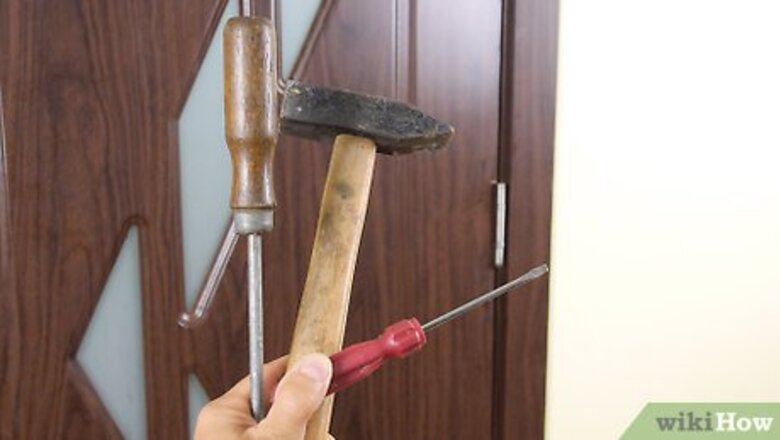
views
Removing the Door
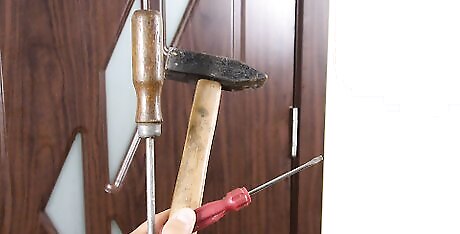
Make sure you've got the right tools. Before you take to removing the hinge pins, it's good form to make sure you have all the things you'll need with you. Most important are a hammer and a wedge, nail punch, or nail set to knock the pin out, and a screwdriver to further pry it once it's partway out. Avoid using a regular nail to knock out the hinge pins. It is likely to bend. A screwdriver might also work.
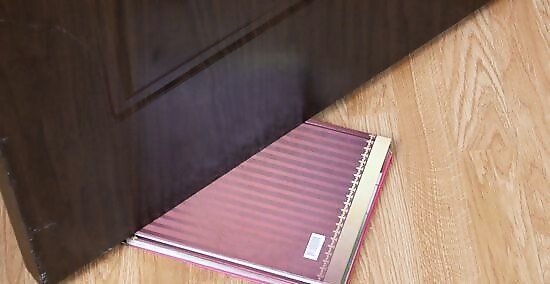
Lodge a book underneath the door for support. You're going to be destabilizing your door, so it's really important there's some kind of support to keep it from toppling over while you're in the midst of unpinning it. Sliding books underneath the crack in the door will give the door a surface to sit on while you remove the pins. If you have another set of hand ready, the second person can serve this purpose by holding the door steady while you tend to the following step.
Force the pin up from the door hinge. Taking a hammer and your nail punch, gently ram the pin upwards. Put the flat end of the nail against the pin, and tap it up with the hammer. Continue to tap it up, gradually increasing the force until the pin is finally lodged upwards. This is better to do with a number of smaller moves than one big force; being too quick and brash may result in the pin getting scratched or damaged. Give it a spray with a lubricant like WD-40 if there's persistent difficulty in getting it to nudge up.
Nudge the pin loose and remove it. Once you've got the pin to come unstuck a few centimetres at the top, you can use an old screwdriver to pry it up further. Tapping the hinge with a hammer can loosen it up. If this isn't working, try ramming the pin up with a few more taps from the hammer. For the sake of stability, take off the bottom hinge first, followed by the top. If the door is triple-hinged, take out the middle one first. Some may recommend using a chisel, but it's best to use a cheap flathead screwdriver for this. There is a risk it will be damaged, so it's best to use one you don't care much about anymore. Once you knock the pin up far enough, you can usually just grab it with your hand and pull it out.
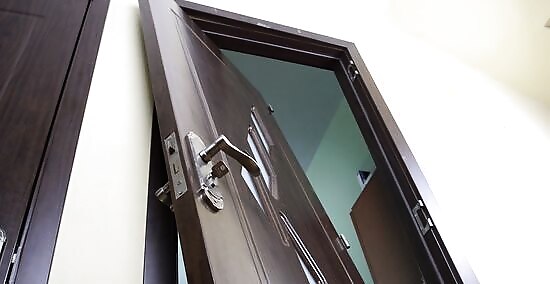
Remove the door. Once all of the pieces are removed, it's time to take the door down. Be very careful, as doors can be very heavy. It's highly recommended you get two people to carry it down. If you have to do it on your own, take extra care to keep it from toppling over.
Replacing the Door

Keep your hinge pins close at hand. While the most difficult part of taking off a door happens at the end, when it comes to reattaching it, it gets way easier at the start. Due to the fact that keeping an unhinged door stable is tricky work, it's a good idea to keep your hinge pins very close so that as little time will be spent grabbing for them. Putting them in your back pocket will give you an easy time getting them when you need them. The easiest thing is to have someone holding the pins nearby. They can hand them to you as needed.
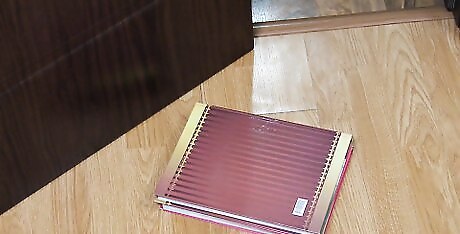
Place books along the bottom of the door arch. If you remember how many books you needed to fill the door crack before taking the book off, it's recommended you use the same combination again. Otherwise, you may need to do a bit of trial and error before you find an elevation that accommodates the natural crack. Place them at the bottom of the arch for proper support.
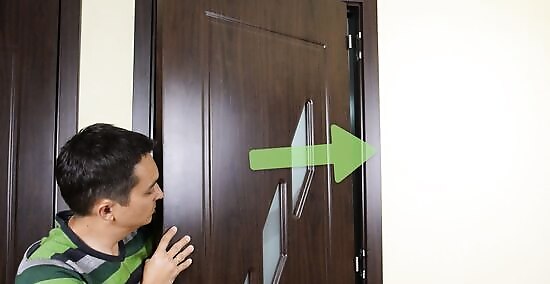
Situate the door in the hinges. Next, you will want to lift up the door and hook it in place with the hinges. This is much more easily done with two people, with one on each side of the door. Locking in the doors will be much easier if you have the books or platform to compensate for the crack underneath it.
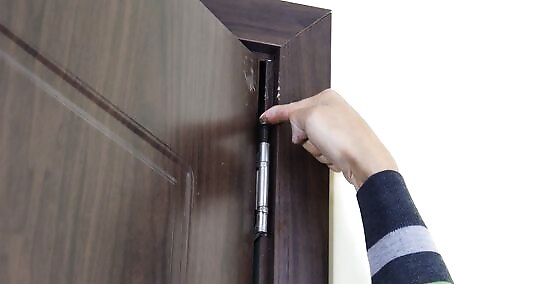
Replace the pins. Once the door is in relative alignment with the hinges, it's time to get the pins in. Take them out and lightly tap them in until the pin is at least slightly intersecting with the hinge and door. To help alleviate the gravity concerns, you should start with the top pin, then the bottom. If the door you're working with has a middle hinge, leave that one for last. Once the pins are in part way, give them some tapping with the hammer, gradually increasing the level of force until it's completely in. The pin should be fully seated in the hinge.
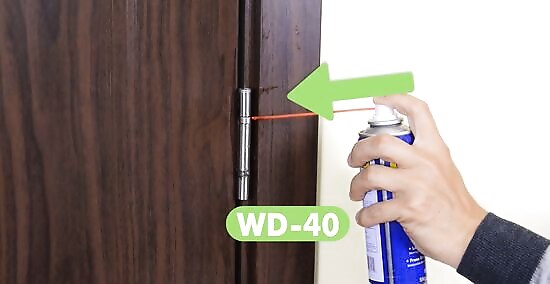
Spray the hinges with an oiled lubricant. Now that your door is nicely replaced, it's time to give it a finishing touch. A good thing to do is to give it a casual spray with a lubricant like white grease. WD-40 will dry out quickly. This will ensure the hinges are quiet and slick.



















Comments
0 comment